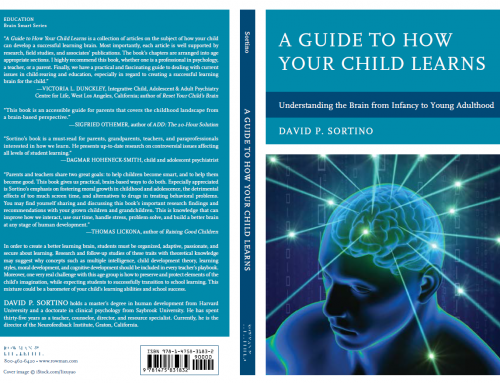Every child needs storytelling in his life. The personal narrative is the best of storytelling, a form of literature which seems to have gone the way of the traditional telephone. The ritual of the oral tradition, family stories, which can carry over to the personal narrative and storytelling has been lost to the current student population.
In my time, storytelling was often connected to school and family. At the end of the school day our teacher would dim the classroom lights and read from a book. Heads would go down and we would rest on our arms. We would close out eyes and listen to her soft voice rise and fall, describing the dialogue or the features of the story characters taken from Brothers Grimm, Hans Brinker etc. I can still recite several of those stories verbatim.
The same might be said of Sunday meals when our family would come together: grandparents, aunts and uncles, and cousins would all talk about the past and become storytellers recreating their own childhoods or personal narrative, however imperfect they were.
Today’s children are losing this valuable experience to electronics and media.
Recently, I watched an animated film that was shown to K- 6 students at a school’s family movie night. It was a wonderful evening as the children appeared in their pajamas, holding their favorite pillows or stuffed animals as families huddled together on blankets. The potential for the development of a personal narrative that children would someday tell to their own children about the family movies they attended with their parents at the school was in full array. What was missing, however, with the animated movie was that there was little or no storyline or lasting dialogue for the children to hold. Potential dialogue had been taken over by the over-stimulating graphics and sound that overwhelmed any story telling and a potential personal narrative.
Again, the power of electronics was taking over the children’s brains.
We might say this all began with Sesame Street which was a great visual/auditory aid to the development of reading skills, but it was based on the adult show, Laugh In. The creators, who I had the opportunity to study with as a graduate student, saw the need to stimulate the child’s working memory with short 10 to 15 second bursts of information.
Mr. Rogers was the ultimate storyteller and gave children the opportunity for the personal narrative as he slowly and softly described his daily personal narrative to his young audience. The end result of the long narrative was not only expanding the child’s working memory (focusing and processing skills) but was also stimulating the limbic system and the hippocampus which is the part of the brain that forms positive relationships with the learning process.
The beauty of the personal narrative or story is that it can promote emotional and psychological stability and keep our brains regulated. The personal narrative can ground our experience in a linear way and even promote greater problem solving that can serve as blue prints for a positive emotional identity with our experience and environment.
The combination of a linear storyline and visual imagery woven together with verbal and non-verbal expression of motion activates the left (verbal) and right (visual sides of our brains. Include the frontal lobes (organization) the hippocampus (relationships) and even the amygdala (lowering the fight or flight mechanist) and the personal story or narrative can become an everlasting aid to healthy child and/or brain development.
Teachers are aware of the importance of linking stor telling to reading. Perceptive parents often read to their children at bedtime recreating lasting personal narratives. Rudolf Steiner recognized the need to link the child’s storytelling brain to the personal narrative when he long ago developed curriculums based on mythology (Norse mythology).
Clinical psychologist, Louis Cozolino, sums the personal narrative and/or storytelling best: “a story well told, contains conflicts and resolution, gestures and expressions and though flavored, connects people and integrates the neural networks.”
Dr. David Sortino, a psychologist and current Director of Educational Strategies, a private consulting company catering to teachers, parents, students. To contact Dr. Sortino, e-mail davidsortino@comcast or on his blog:Dr. David Sortino


